Tuscany conjures images of rolling vineyards and wine cellars, but this enchanting region offers far more than just grape-based adventures. From medieval hilltop towns to Renaissance masterpieces, thermal springs to rugged coastlines, Tuscany serves up a feast of experiences that go well beyond the bottle.
Here’s a list of 17 incredible things to do in Tuscany that will show you why this Italian region captures hearts in ways that have nothing to do with wine.
Explore the Medieval Streets of San Gimignano
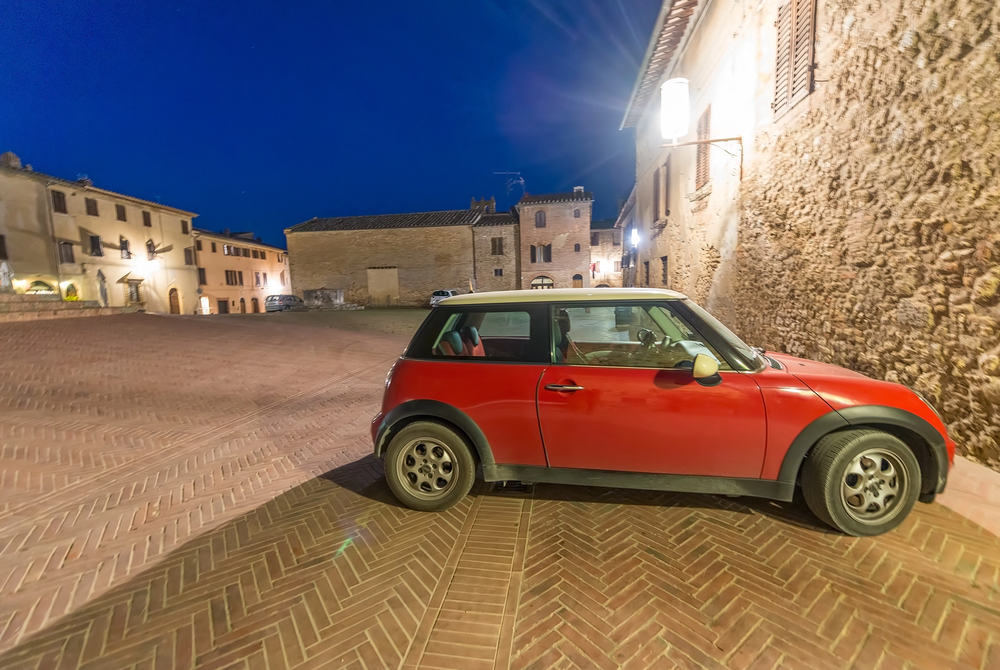
— Photo by jovannig
San Gimignano rises from the Tuscan hills like something straight out of a fairy tale, its famous towers piercing the sky like ancient skyscrapers. This UNESCO World Heritage site once boasted 72 towers built by wealthy families trying to outdo each other — today, 14 still stand as monuments to medieval one-upmanship. Walking through the cobblestone streets feels like stepping back 800 years, especially when you catch the golden hour light hitting those stone walls. The town’s gelato shops have won international awards, making it the perfect place to treat yourself while soaking in centuries of history.
Soak in the Thermal Springs of Saturnia
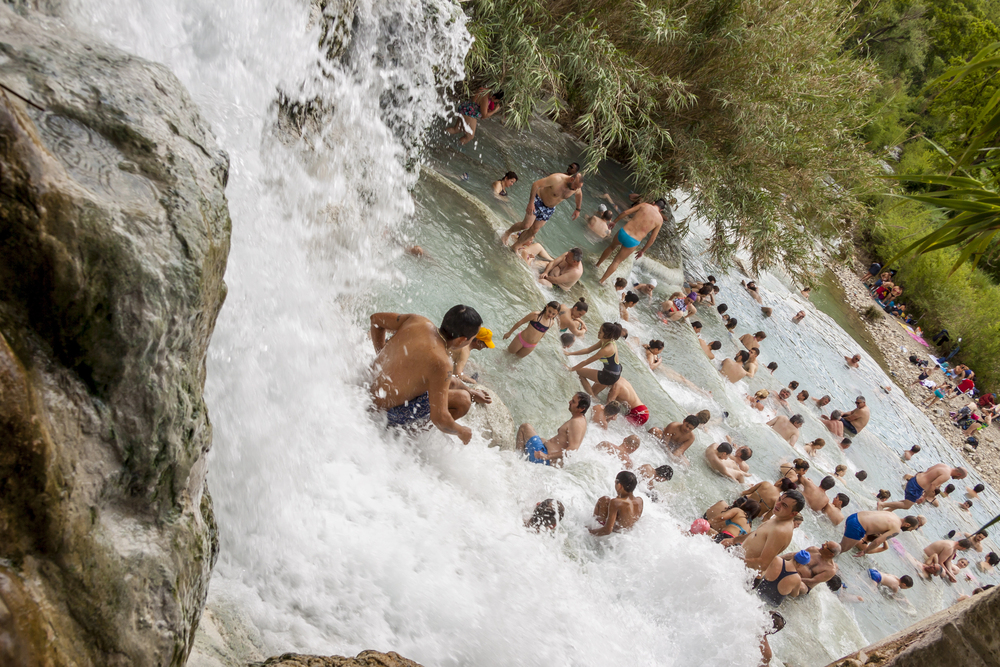
— Photo by tomasz_parys
Mother Nature created her own spa system in southern Tuscany, and it’s been running nonstop for thousands of years. The hot springs at Saturnia cascade down limestone terraces, creating natural pools that stay a toasty 99°F year-round. Romans used to soak here, and locals still treat these waters like their personal backyard retreat. The mineral-rich waters are said to work wonders on your skin, though honestly, the real magic happens when you’re lounging in warm water under a canopy of stars.
Wander Through Pienza’s Renaissance Streets
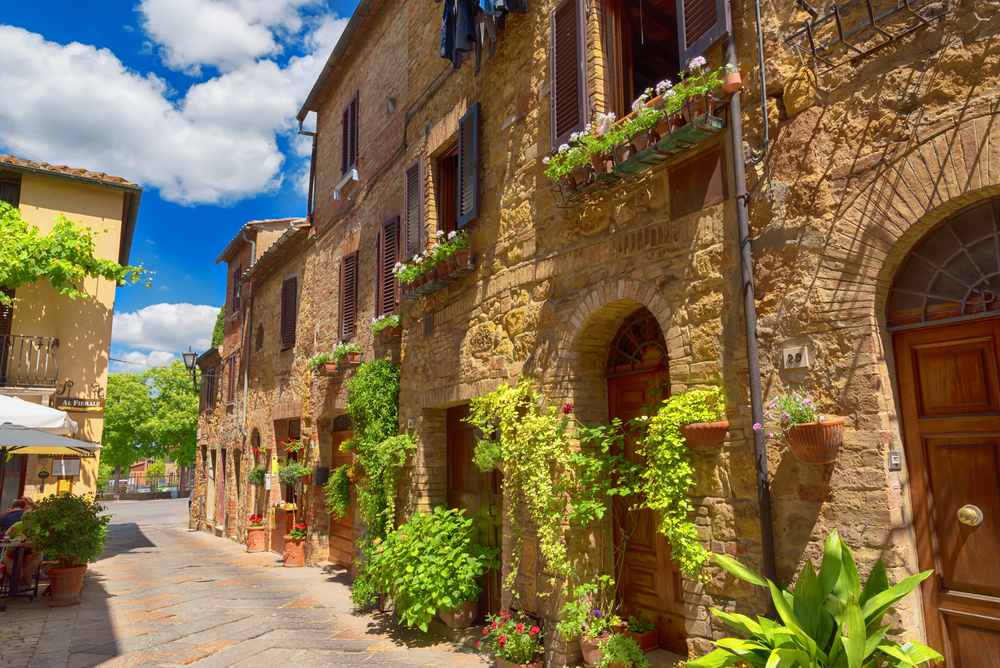
Pienza represents the Renaissance dream of a perfect city, and Pope Pius II literally redesigned his hometown to prove it could be done. This tiny hilltop town showcases ideal urban planning from the 1400s, with every street and piazza carefully planned to create harmony and beauty. The main square offers stunning views of the Val d’Orcia valley, while the local pecorino cheese shops will tempt you at every turn. You can walk the entire town in about an hour, but most visitors find themselves lingering much longer, charmed by its intimate scale and timeless elegance.
Climb the Leaning Tower of Pisa
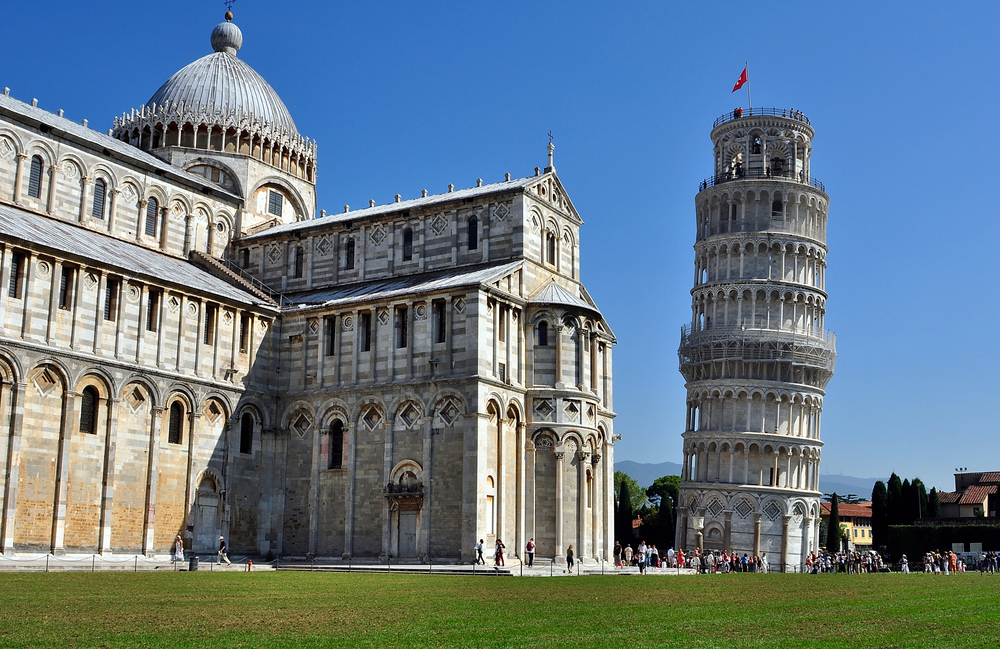
— Photo by jakatics
Sure, it’s touristy, but the Leaning Tower of Pisa earned its fame for good reason: it’s genuinely fascinating and slightly absurd. The tower started tilting during construction in the 12th century because of soft ground, but instead of tearing it down, they just kept building it crooked. Climbing the 294 steps inside gives you a unique perspective on both the engineering marvel and the surrounding Piazza dei Miracoli. The tilt is more noticeable from inside than you’d expect, making the climb feel like a fun house experience mixed with medieval architecture.
Discover the Artistic Treasures of Siena
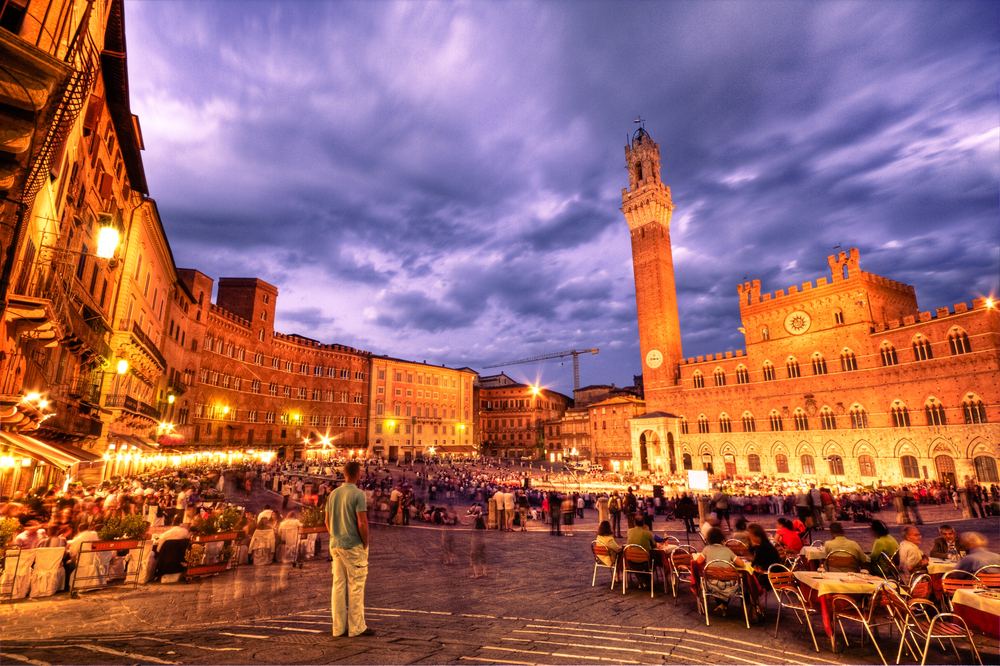
Siena’s historic center feels like an open-air museum where people actually live and work, creating an authentic medieval atmosphere that Florence sometimes lacks. The shell-shaped Piazza del Campo hosts the famous Palio horse race twice yearly, but even on quiet days, it’s one of Europe’s most beautiful squares. The Gothic cathedral showcases intricate marble work and houses masterpieces by Michelangelo and Bernini. Siena’s narrow streets and hidden courtyards reward wanderers, especially those willing to venture beyond the main tourist routes.
Hike Through the Cinque Terre Coastal Trails
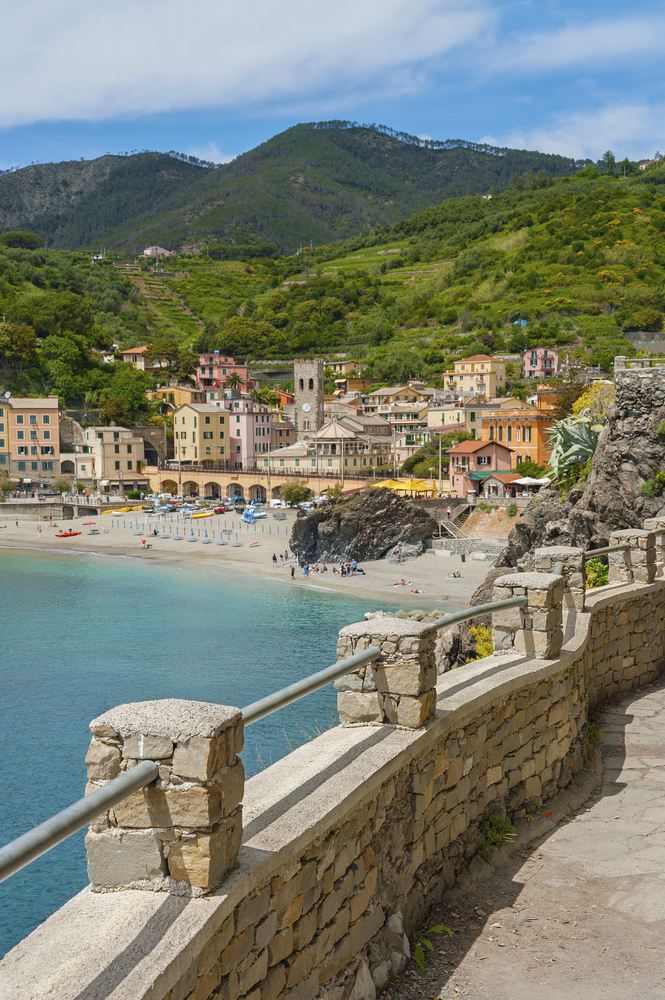
The five colorful villages of Cinque Terre cling to cliffsides like determined barnacles, connected by ancient footpaths that offer some of Italy’s most spectacular coastal views. Each village has its own personality — Monterosso with its beaches, Vernazza with its harbor, and Manarola with its dramatic perch above the sea. The hiking trails between villages range from easy strolls to challenging climbs, but all reward you with breathtaking Mediterranean vistas. Local focaccia and fresh seafood provide perfect trail fuel, though you’ll want to save room for the region’s famous pesto.
Relax on the Beaches of Elba Island
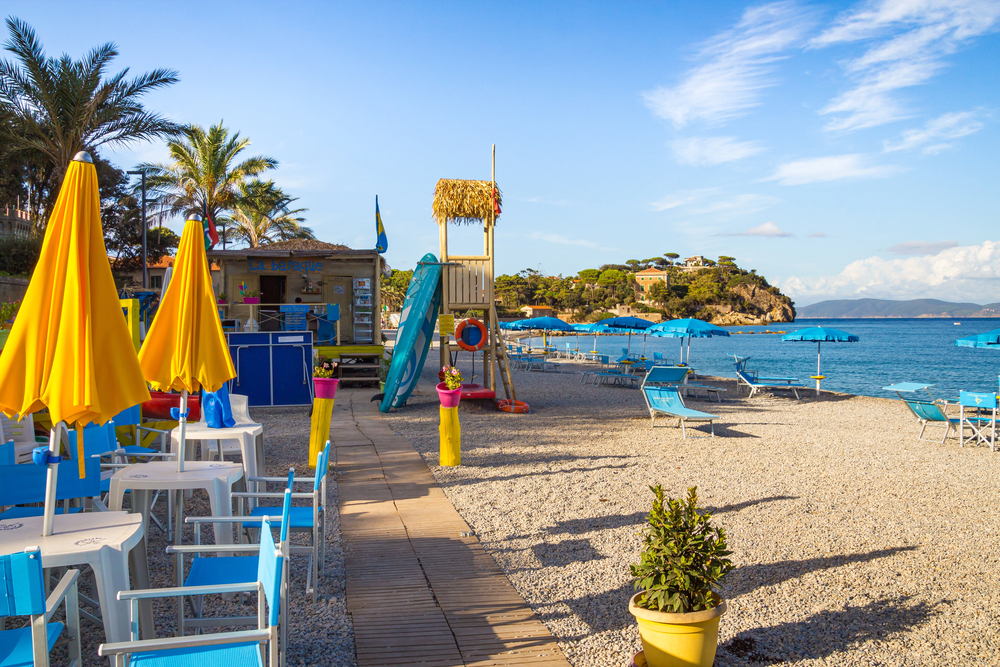
Napoleon’s place of exile turned out to be a pretty sweet deal — Elba Island boasts some of the Mediterranean’s clearest waters and most diverse beaches. You can choose from white sand coves, pebble beaches, or dramatic rocky shores, all within a short drive of each other. The island’s interior offers hiking trails through chestnut forests and abandoned mining areas, while the coastal towns serve up excellent seafood. Getting to Elba requires a ferry ride, but that just adds to the sense of escaping to your own private Italian paradise.
Marvel at the Duomo in Florence
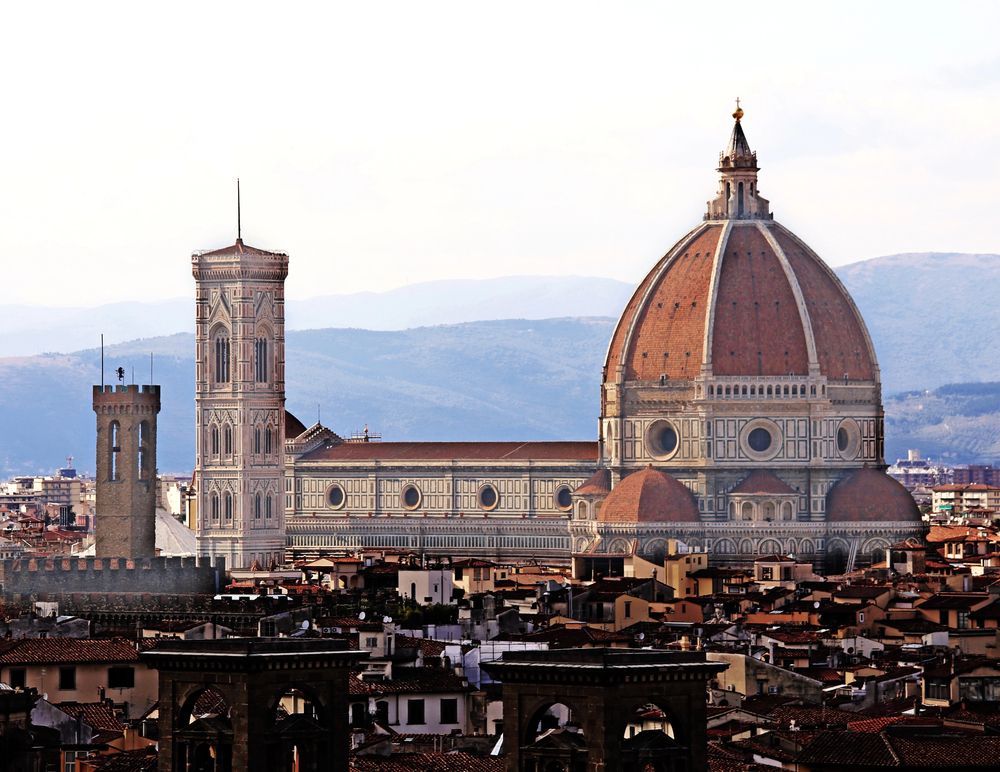
Florence’s cathedral dome dominates the city skyline like a massive stone crown, and climbing to the top provides views that justify every one of the 463 steps. Brunelleschi’s engineering masterpiece was the largest dome in the world when completed in 1436, and it still impresses architects today. The cathedral’s exterior showcases intricate marble work in green, pink, and white, while the interior houses frescoes depicting the Last Judgment. The adjacent Giotto’s Bell Tower offers an alternative climb with equally stunning views, plus you get a better perspective of the dome itself.
Experience the Palio Festival in Siena
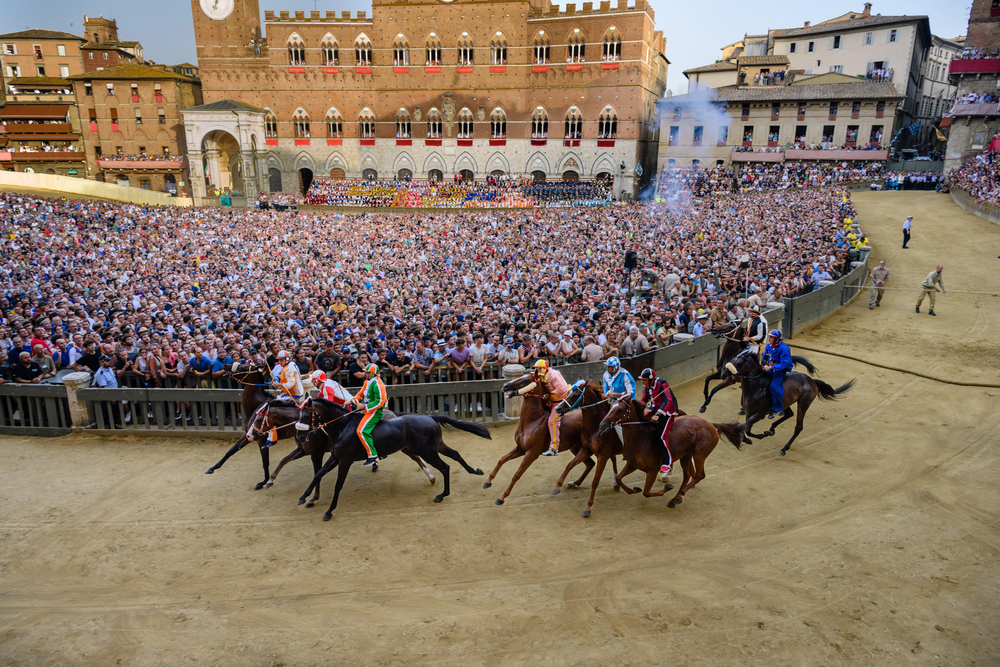
— Photo by DietmarRauscher
The Palio transforms Siena into a medieval time machine twice each summer, when the city’s neighborhoods compete in a bareback horse race that’s been running for over 400 years. The pageantry includes flag throwing, historical processions, and enough local pride to power a small city. Each contrada (neighborhood) has its own colors, symbols, and centuries-old rivalries that make the race intensely personal for locals. Even if you can’t snag tickets to the actual race, the days leading up to it buzz with rehearsals, street parties, and an infectious carnival atmosphere.
Explore the Etruscan Ruins of Volterra
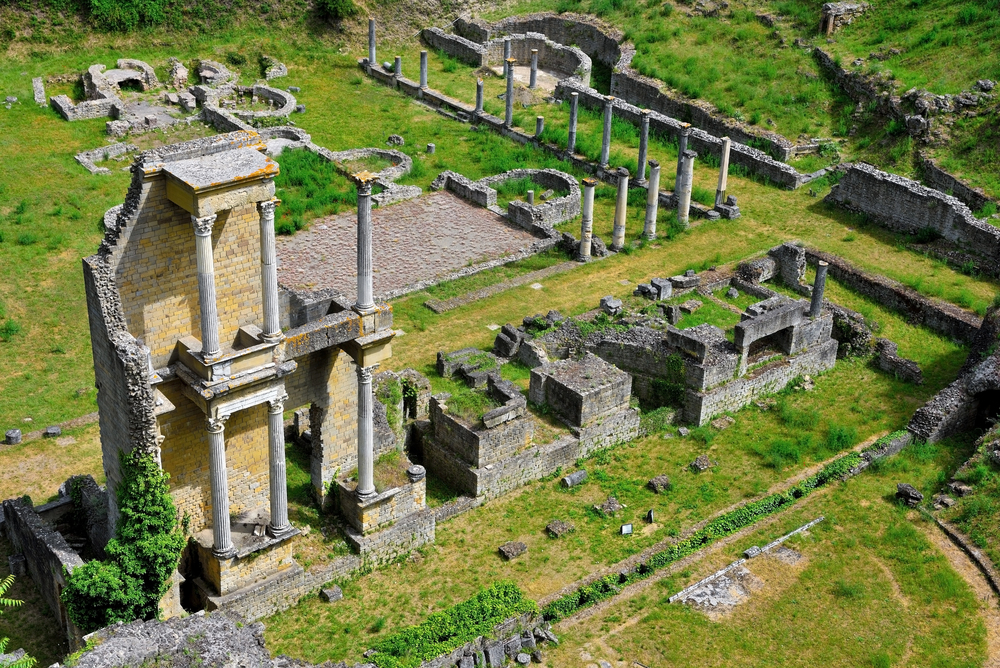
Volterra perches on a hilltop like an ancient fortress, its Etruscan origins dating back over 2,500 years before the Romans even showed up. The town’s Etruscan Museum houses some of Italy’s finest pre-Roman artifacts, including intricately carved urns and bronze sculptures. Medieval walls surround the historic center, while Roman ruins peek through in unexpected places, creating layers of history you can literally walk through. The town’s alabaster workshops continue a tradition that’s been going strong since Etruscan times, producing everything from tiny figurines to massive sculptures.
Discover the Marble Quarries of Carrara
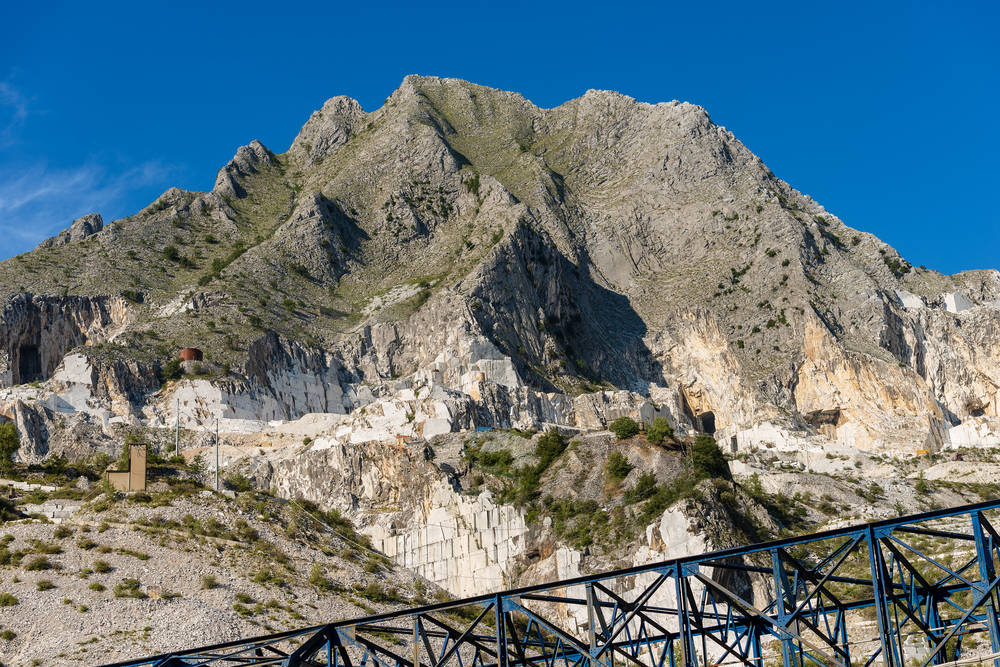
DepositPhotos
The marble quarries of Carrara look like lunar landscapes carved into the Apuan Alps, where Michelangelo himself came to select stone for his masterpieces. These working quarries still produce some of the world’s finest marble, and you can tour the extraction sites where massive blocks are cut from mountainsides. The contrast between the pristine white marble and the surrounding green mountains creates an almost surreal landscape that photographers love. The nearby town of Carrara houses sculpture studios where artists from around the world come to work with the legendary stone.
Stroll Through the Gardens of Boboli
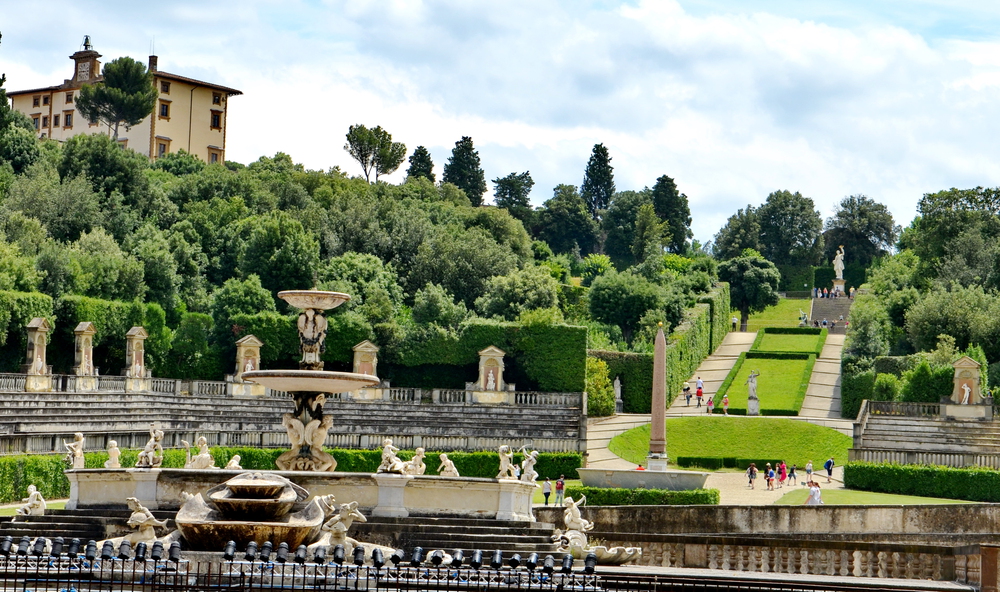
Behind the Pitti Palace in Florence, the Boboli Gardens sprawl across a hillside like a green masterpiece designed for the Medici family’s pleasure. These formal gardens helped establish the Italian garden style that influenced landscape design across Europe. Ancient Roman statues dot the pathways, while hidden grottoes and secret gardens reward explorers who venture off the main routes. The gardens offer some of the best views of Florence’s skyline, especially from the higher terraces where you can see the entire city spread out below like a Renaissance painting.
Explore the Underground City of Orvieto
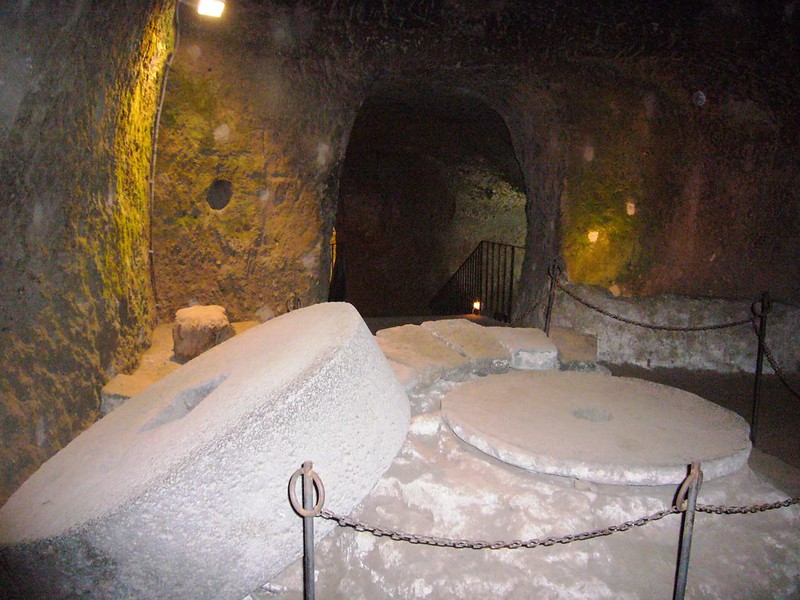
Orvieto sits on a volcanic plateau, but the real surprise lies beneath the surface — a vast network of tunnels, caves, and chambers carved into the soft volcanic rock. These underground spaces served as everything from wine cellars to bomb shelters, creating a hidden city that most visitors never see. Guided tours reveal Etruscan tombs, medieval storage rooms, and even an ancient olive press, all carved directly into the rock. The contrast between the sunny hilltop town and the mysterious underground world makes Orvieto feel like two cities stacked on top of each other.
Witness the Sunset from Piazzale Michelangelo
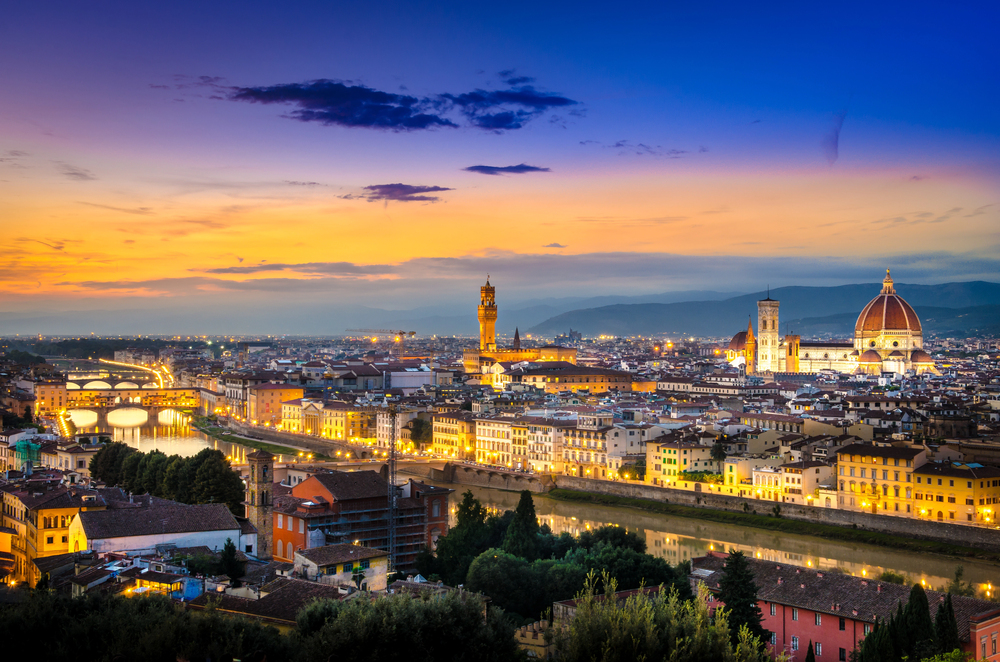
Florence’s postcard views come from Piazzale Michelangelo, a hillside terrace that offers the city’s most famous panorama. Bronze copies of Michelangelo’s David and his other masterpieces preside over the square, while the real show happens when the sun sets behind the Tuscan hills. The entire city spreads out below — the Duomo, the Palazzo Vecchio, the Ponte Vecchio, and the Arno River all arranged like a perfectly composed photograph. Street musicians often perform here in the evenings, adding a soundtrack to one of Europe’s most romantic viewpoints.
Experience the Thermal Baths of Montecatini Terme
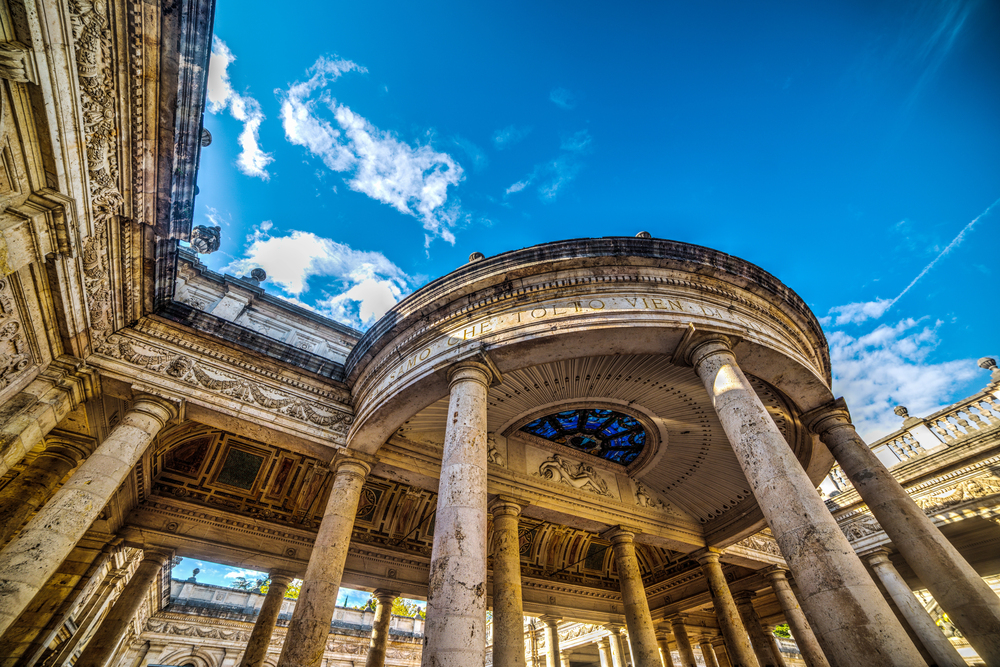
Montecatini Terme has been Europe’s playground for the wealthy since the 18th century, when aristocrats and celebrities flocked here to ‘take the waters.’ The grand spa buildings look like palaces, with elaborate facades and opulent interiors that make getting a massage feel like visiting royalty. The thermal waters are said to have healing properties, though the real therapy might be the excuse to spend a day being pampered in beautiful surroundings. The town’s Belle Époque architecture creates an atmosphere of elegant leisure that feels worlds away from modern stress.
Discover the Medieval Architecture of Lucca
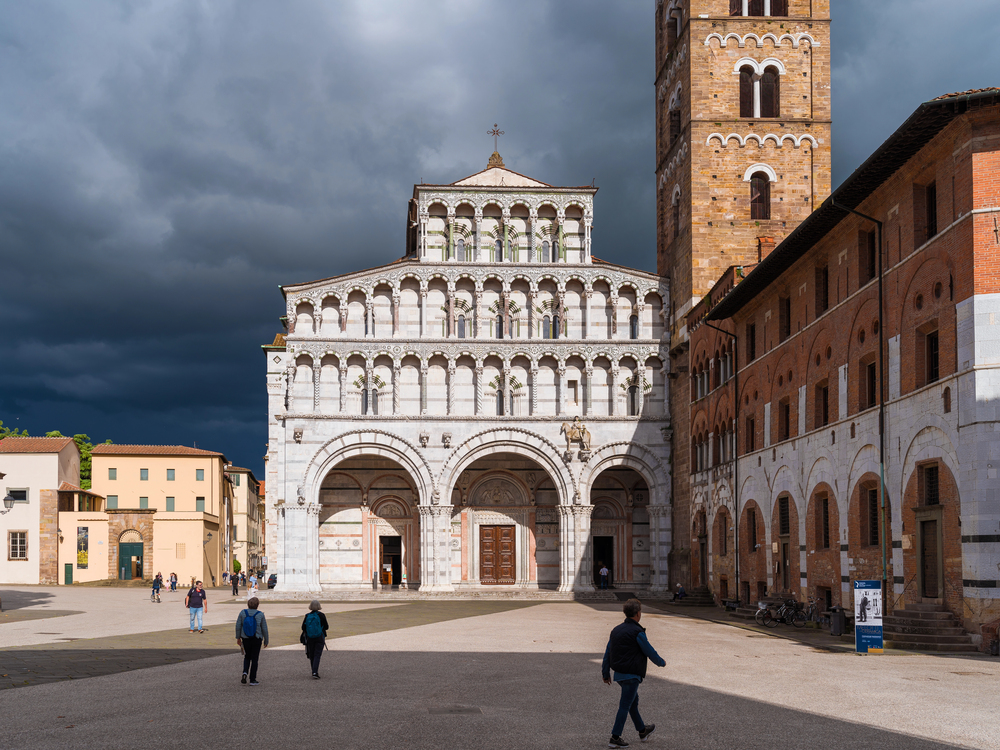
— Photo by Crisfotolux
Lucca’s perfectly preserved Renaissance walls now serve as a 2.5-mile elevated park that encircles the entire historic center. These massive fortifications never saw battle, so they remain intact as a monument to military engineering and urban planning. The city inside the walls feels like a living museum, with Roman amphitheater ruins transformed into a circular piazza and medieval towers converted into family homes. Biking along the walls gives you a bird’s-eye view of the city while providing a unique perspective on how medieval cities protected themselves.Lucca, ITALY, MAY 12, 2023 – San Martino Square with Lucca Cathedral
— Photo by Crisfotolux
Explore the Chianti Countryside
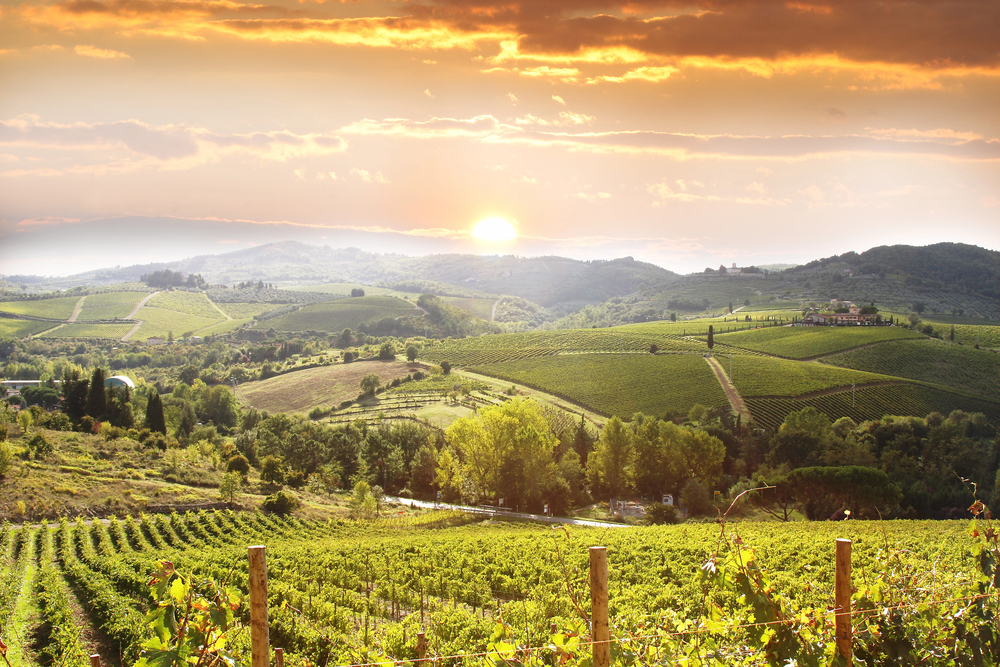
— Photo by samot
The Chianti region rolls out like a patchwork quilt of vineyards, olive groves, and medieval villages, creating the landscape that defines most people’s mental image of Tuscany. Ancient Roman roads connect hilltop towns where time seems to move at the pace of the changing seasons. Cypress trees line country roads like natural sculptures, while stone farmhouses dot the landscape like something from a Renaissance painting. The region’s markets overflow with local products — olive oil, pecorino cheese, and handmade pottery — that make perfect souvenirs or picnic supplies.
From Ancient Rome to Modern Italy
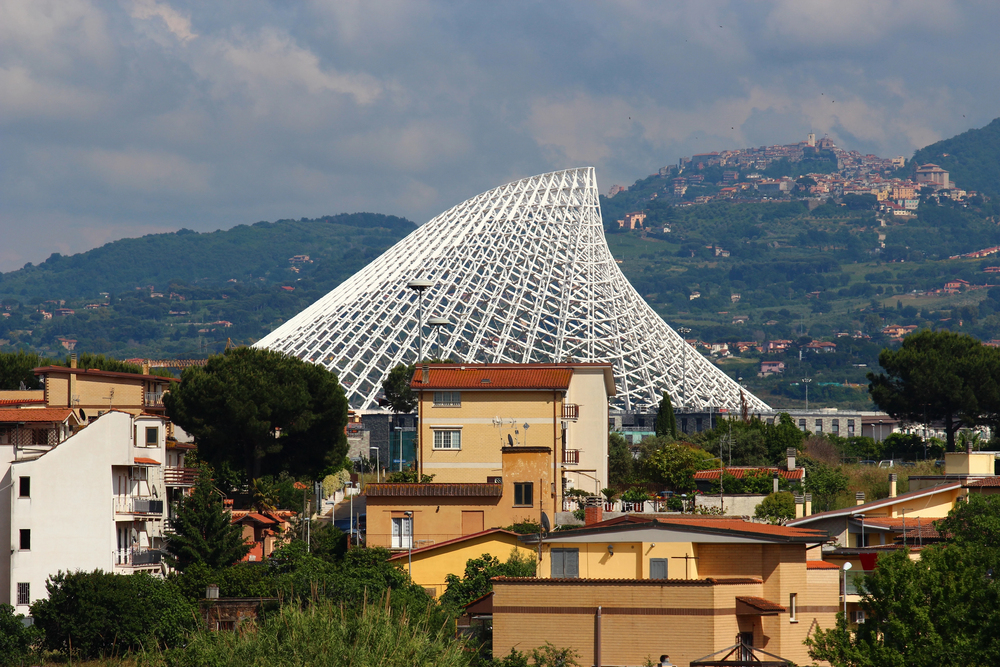
These 18 experiences showcase Tuscany’s incredible diversity, from Etruscan ruins that predate Rome to Renaissance masterpieces that shaped Western art. The region serves as a living timeline where every era left its mark, creating a landscape where medieval towers share skylines with Roman ruins and Renaissance palaces. Whether you’re soaking in thermal springs that warmed ancient Romans or climbing cathedral domes that inspired modern architects, Tuscany offers a journey through time that feels both educational and deeply personal. The real magic happens when you realize that this isn’t just a museum — it’s a place where history continues to unfold, one unforgettable experience at a time.
More from Travel Pug

- 20 Best Beach Towns in the Carolinas
- 13 Destinations Where Tourists Regularly Regret Their Trip
- 20 Things You Actually Get in First Class
- 20 Small Airports With Aviation Museums
- 20 Places in the U.S. That Are Perfect for a Reset Trip
Like Travel Pug’s content? Follow us on MSN.
